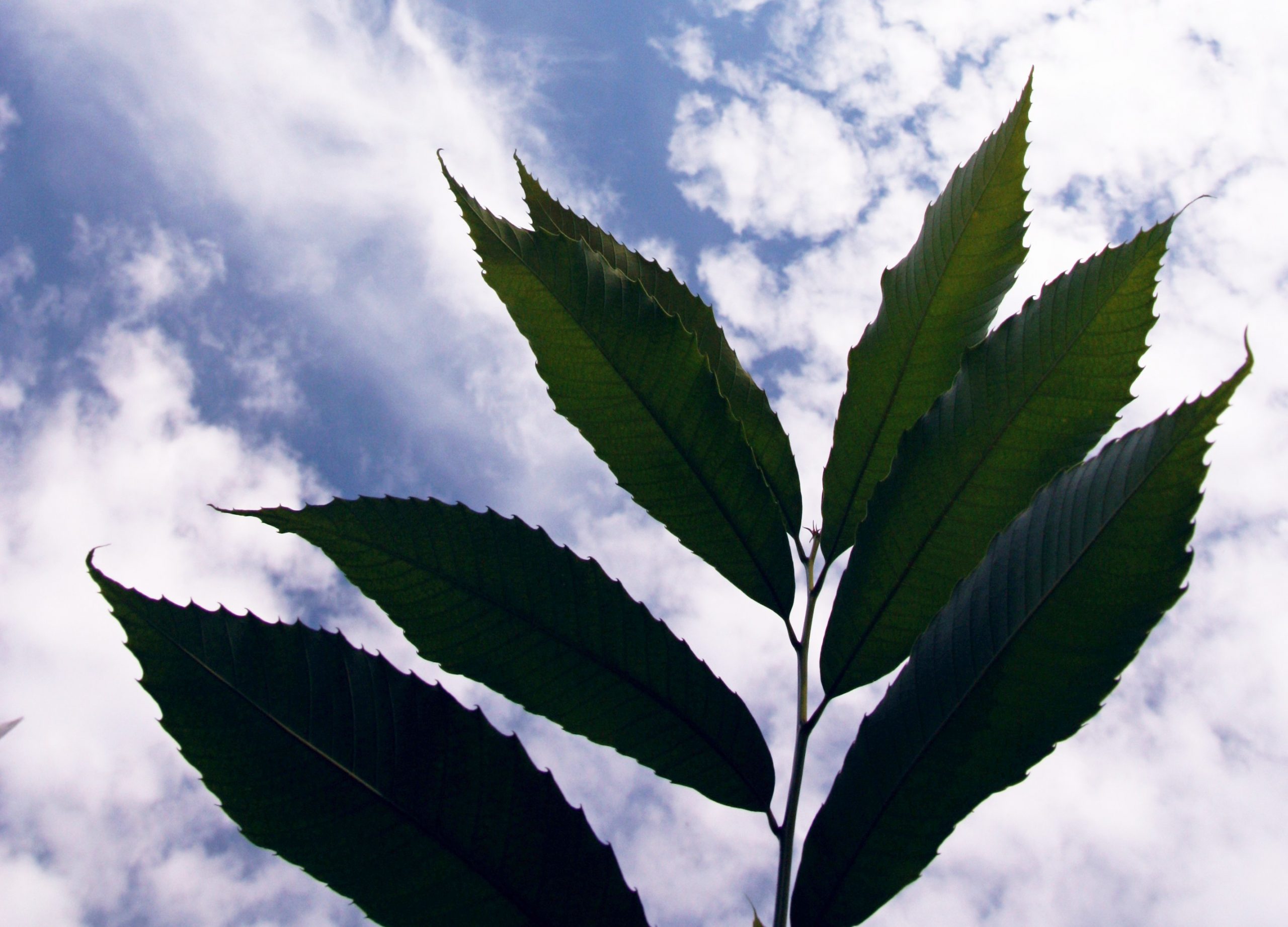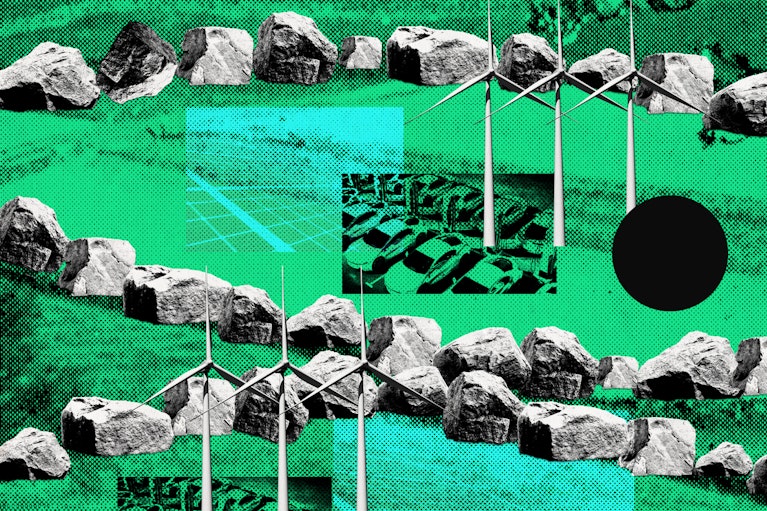Andrew Newhouse is a former research technician and current PhD student at the State University of New York College of Environmental Science and Forestry.
SYRACUSE — American chestnuts used to be unique and beautiful trees, providing sustenance and shelter for wildlife and a healthy and profitable nut crop for humans. These trees were huge, majestic and very long-lived compared to other species in America’s eastern forests. But tragically, American chestnuts were almost entirely wiped out when an invasive blight fungus was accidentally introduced to the United States in the late 1800s. Without human intervention, populations of pure American chestnut will likely continue to decline until they are all but gone.
However, there are relatives of the American chestnut that evolved with the blight fungus in Asia; they usually tolerate blight infections without much damage. There have been multiple efforts to breed American with Chinese chestnuts to get desirable characteristics from both species, but traditional breeding is a slow and unpredictable process that is limited by undesirable traits from Chinese chestnut that make them less suited to competing in eastern U.S. forests.
The American Chestnut Foundation’s backcross breeding program shows promise in producing trees with American chestnut growth traits, but since blight resistance in Chinese chestnuts is controlled by several genes, inheritance by future generations of chestnuts is inconsistent (think hair color in humans: a child’s hair isn’t always the same color as either parent, but there are general trends that are somewhat predictable). Recent technological advances in genomic screening are improving this process, but it will still probably require multiple generations of breeding, and blight resistance in backcrossed offspring will likely never equal that of the Chinese chestnut ancestor.
At the College of Environmental Science and Forestry (ESF) here in Syracuse, our research team is trying a different approach. We’re using the tools of biotechnology to produce fully American chestnut trees that successfully tolerate blight infections, protecting the tree without even harming the blight fungus itself. What we did was copy a single gene from wheat — though the same gene is found in many other plants like corn and bananas, and there are no similarities to gluten or other allergens — and transferred it into American chestnuts. This enzyme breaks down a toxin called oxalic acid, which is produced by the fungus and kills American chestnut tissues.
By breeding transgenic trees with surviving wild American chestnuts, we can incorporate genetic diversity and regional adaptations to future generations of American chestnuts, while also protecting them from chestnut blight. Breeding with regionally adapted chestnuts, moreover, or even with hybrid or backcross chestnuts, means that a restoration program could potentially address unrelated challenges, such as climate change and other pests and pathogens.
A common concern when people first hear about using biotechnology for restoration is an assumed lack of genetic diversity. But that will not be the case with chestnuts: the transgene will protect future generations of chestnut trees as it is incorporated into diverse genetic backgrounds, which are otherwise on a slow march toward extinction.
Meanwhile, using biotechnology tools means that these transgenic trees are subject to stringent regulatory review by three different U.S. federal agencies: the USDA, EPA and FDA. The regulatory process as a whole covers everything from environmental impacts to nutritional safety, with the broad goal of ensuring the transgenic product is not significantly riskier than similar products produced with traditional breeding. All three agencies need to approve a new transgenic product before it can be distributed or planted outside confined research plots. We hope to begin the submission process for chestnut regulatory petitions this year, and it may take 2 to 5 years, barring unforeseen complications.
Until recently, biotechnology has been used almost exclusively for profitable agricultural crops like corn, soy and cotton. Pending regulatory approval, ESF’s transgenic chestnut will likely be the first application of biotechnology in a forest-type tree, as well as the first time transgenic technology is used for restoration or conservation goals. ESF scientists and other research teams have done laboratory experiments and confined field trials on trees and other restoration-oriented projects, but so far none of these have been approved in the United States. There is widespread potential for related biotechnology tools to rescue other threatened wild species as well, from similar forest trees like ash and elm, to completely unrelated organisms like corals, horseshoe crabs or white rhinos.
The idea of using biotechnology for restoration is in some ways very different than using it for agriculture, because a new gene or trait is intended to persist in a wild population instead of staying confined in a field and ultimately being harvested. This offers incredible potential to durably protect or rescue threatened species that would otherwise be lost, but it also means that developers and restoration managers need to make wise decisions and seek input from landowners or members of the public who might be affected by restoration programs.
Transgenic chestnuts have been thoroughly tested for safety to many other organisms, such as fungi, bumblebees and tadpoles, and we’ve consistently seen no increased risks compared to traditional breeding. We have also tested the nuts that people and animals would consume and confirmed that nutrition is equivalent to non-transgenic chestnuts. Our entire research project was initiated by the nonprofit American Chestnut Foundation, and we have maintained a transparent research program with continual public input from chestnut enthusiasts and others. The trees produced for restoration will not be patented or sold for profit; instead, we hope people will grow them, enjoy them, share them and breed them to participate in restoration efforts.
Biotechnology certainly isn’t the only tool we have to protect trees from environmental threats, but it can be a safe and effective option to restore healthy and resilient trees to native ecosystems.
This was produced by The WorldPost, a partnership of the Berggruen Institute and The Washington Post.





